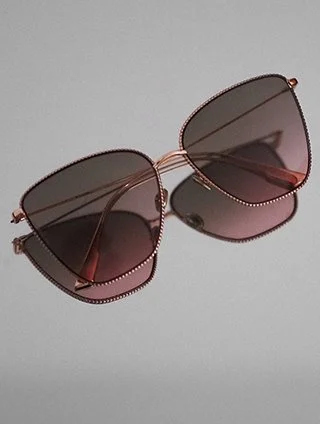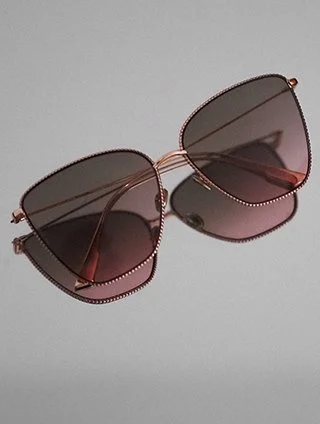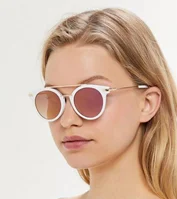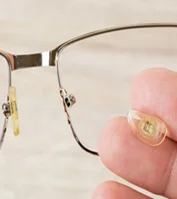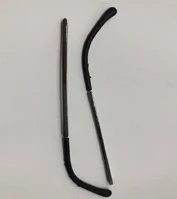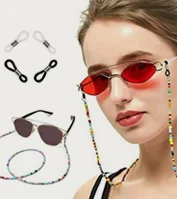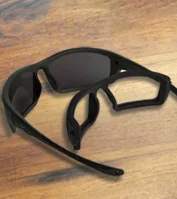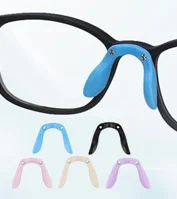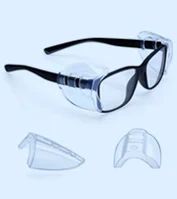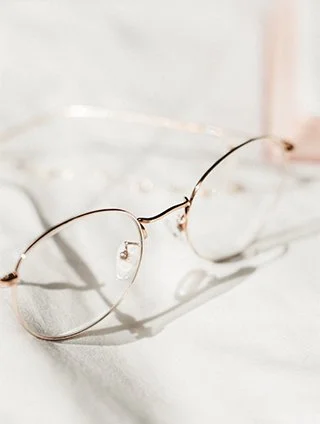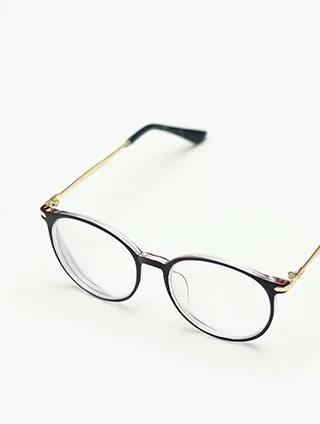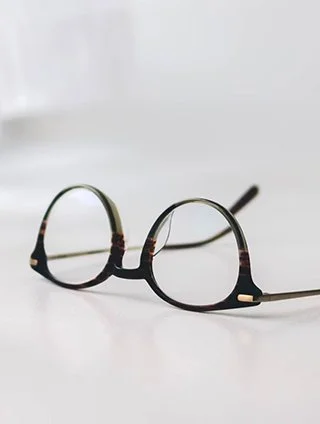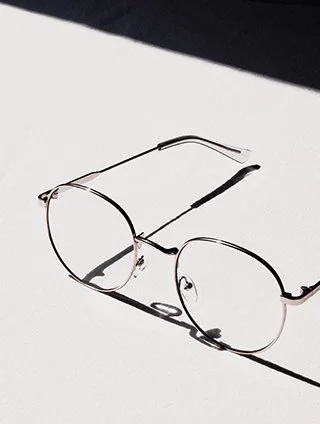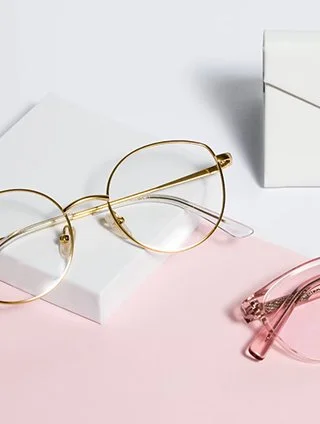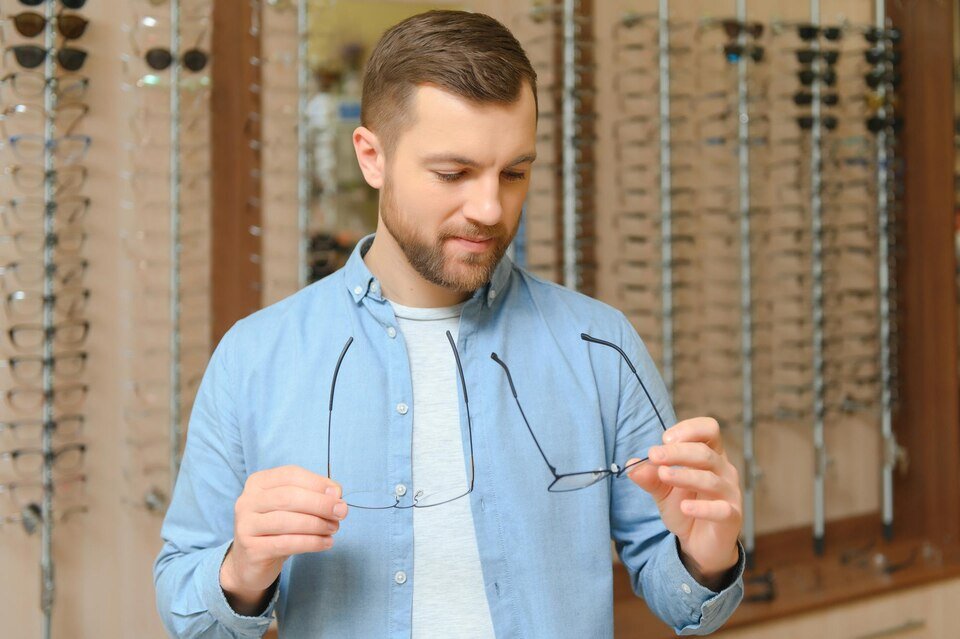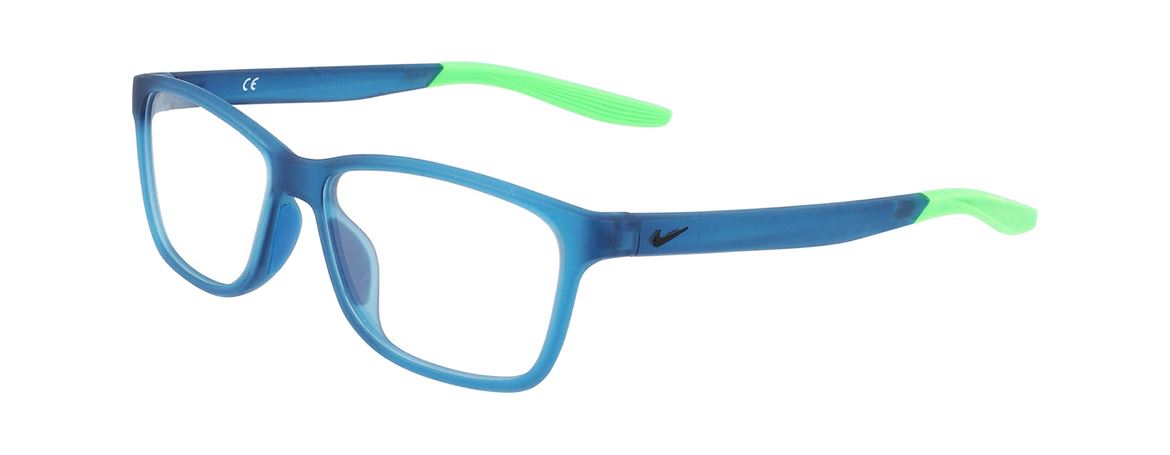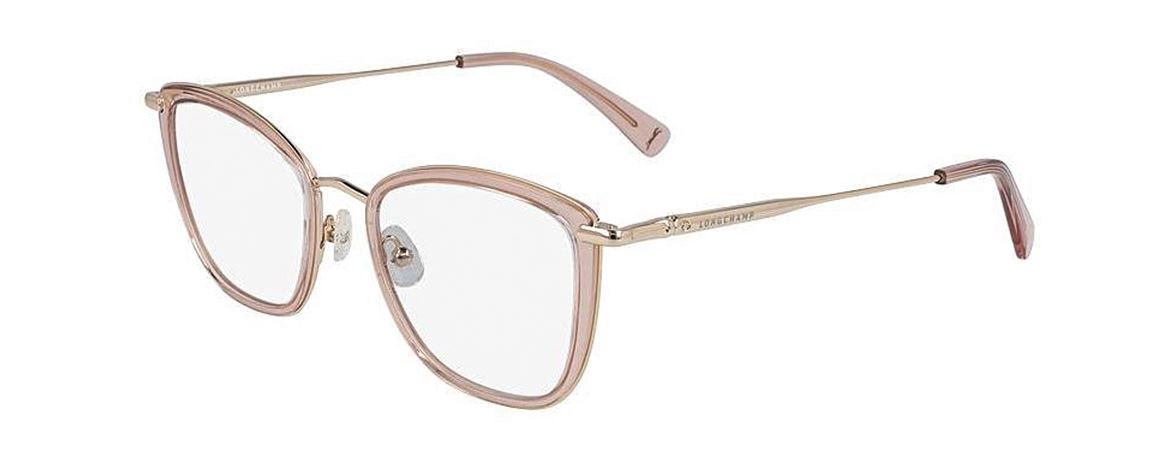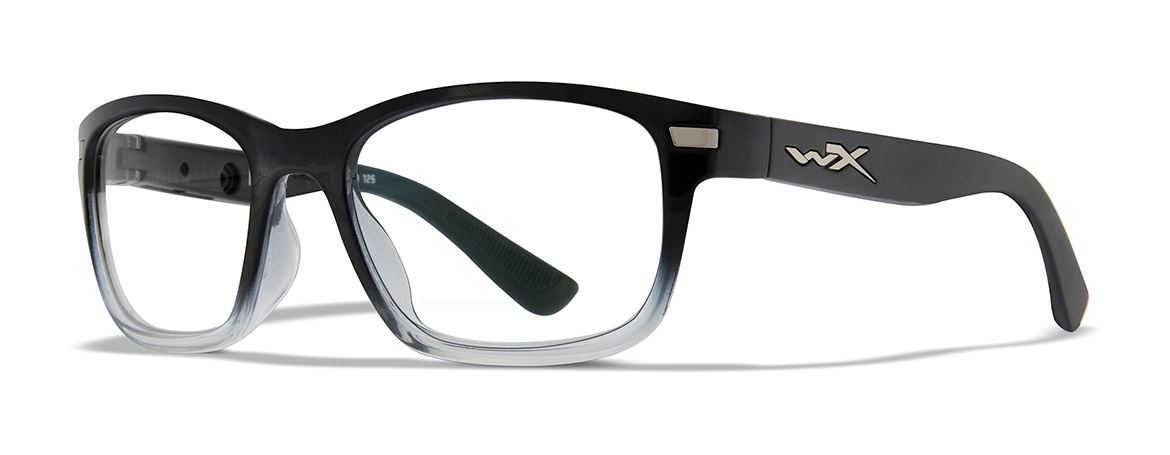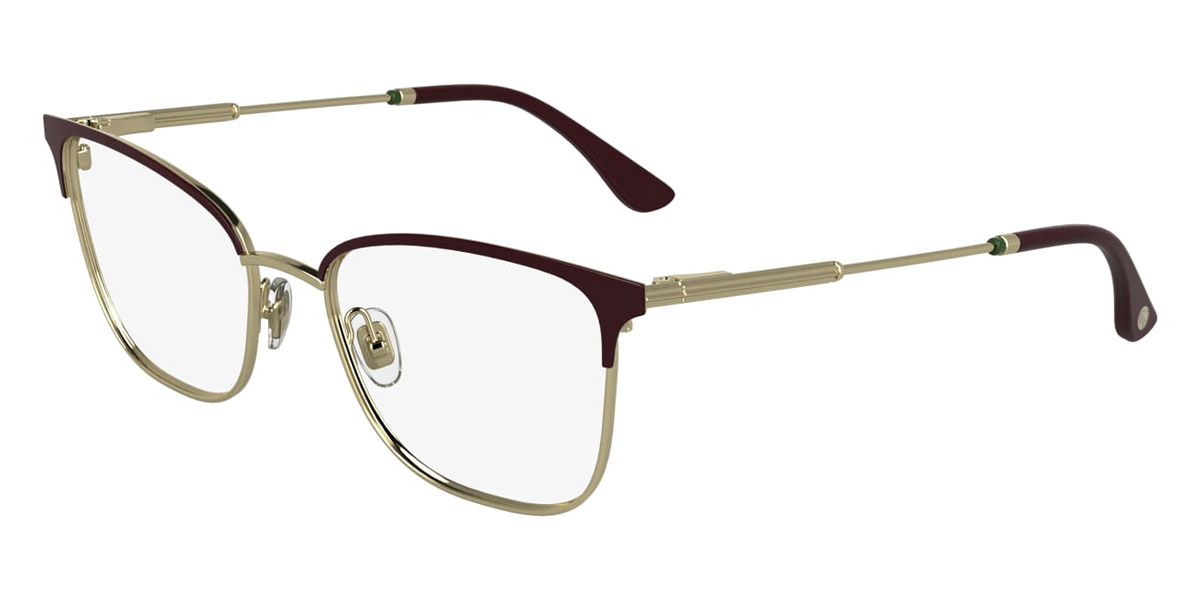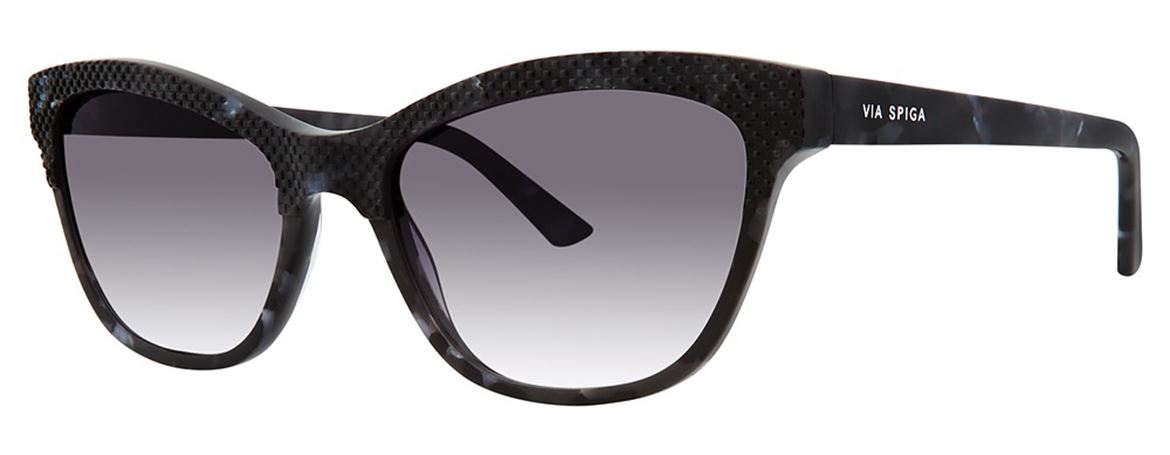Last updated: Wednesday, July 23, 2025
For everyone, buying a new pair of prescription glasses is a thrilling event! You'll spend a lot of time with your new glasses over the next few months or perhaps years, choosing between frames and lenses. If an eye exam results in the recommendation for Nike glasses, you might be interested in learning what the early consequences of using them are. It may take some time for your eyes to get used to them since they are aiding in vision correction.
We'll talk about the symptoms you could get when wearing new glasses, the time it takes to become used to them, and how you might hasten the adjustment process. Fixing glasses at home doesn't have to be difficult or involve advanced science. All you need is practice and time. You'll become used to wearing glasses shortly as you figure out how to get your eyes adjusted to them.
Yes, the only way to get adjusted to a new pair of eyeglasses is to wear them as much as possible and give yourself some time to adjust. Nonetheless, those who wear glasses for the first time may encounter a variety of problems.
What's The Time Frame For Getting Used To New Glasses?
Let's be clear about how much time you have committed to your new vision, or spectacles, before we get into the question of how long it takes to get used to new glasses to correct your eyesight. It takes three to four days to become adjusted to new glasses, assuming you don't have a high prescription.
It will be difficult in the beginning, but as you advance, it will fit you like a pair of gloves. For some, though, it may take up to a week—roughly six or seven days—but once that time comes, they show to be a worthwhile investment. It is strongly advised that you visit an optometrist and explain the difficulty you're having acclimating to your new Eight to Eighty glasses if it takes longer than the projected number of days.
Jess Glasses By Eight to Eighty
Problems Adjusting To A New Pair Of Prescription Eyeglasses
It may take some getting used to wearing your new spectacles comfortably, regardless of whether you received them for the first time, a stronger prescription, a different type of lens, or new lens coatings. You might run into problems with: in this period.
Poor-Fitting Glasses
Whether you're a new or seasoned user, the most important thing to look out for when putting on new eyeglass frames is an improper fit. You will have headaches and physical pain if the frame looks excessively tight or loose. If your frame isn't the correct size or there is a problem with your prescription, it's difficult to get used to new glasses. Also, purchasing frames from an online marketplace may result in frames that are either too small or too big for your face shape.
One thing to keep in mind is that, much like faces, not all frames are created equal. As a result, your nose and temple areas are prone to frequent Longchamp glasses frame falls because of their loose fit. Mostly when you put your glasses back on your face, you'll find yourself reaching for the bridge or the sides of your temples. On the other hand, a frame for your glasses that fits too tightly will press against your nose and temples and scratch them. These spots may also be irritated by the tightly fitting spectacles.
Either way, the difficulty of getting used to wearing new glasses will persist, regardless of whether you purchase a frame that fits snugly or tightly. Remember that these kinds of eyeglass frames aren't designed to precisely fit the shape and size of your face. As a result, changing the frames for a new one that better suits your face is the best course of action. You are free to purchase prescription glasses online, but try the glasses on at home first before you place your order. You may test on a variety of eyeglasses at home before choosing the one that best fits you if that's an option.
Eyestrain
Eye strain is a major problem that many people encounter when adjusting plastic-framed glasses. New glasses frequently bring on stressed eyes. Ninety per cent of glasses users who try new prescription lenses on their first pair of glasses or repeat users find it difficult to get used to the new prescription. This is because our eyes grow accustomed to the previous prescription lenses, and our eyes become very focused on them. A new focal point has emerged with the purchase of the eyeglasses with their purchase. Read here for more about how long strain stays and quick relief tips.
This causes tension in the eyes, and in severe situations, the user may experience eye pain. It will take some time to get used to new prescription glasses. This is because wearing the new glasses, whether or not the prescription has changed, strains the eyes' sensitive muscles and nerves. As a result, there is strain or pain in the eyes as they are forced to focus on the object. The user's eyes may occasionally feel red or teary.
Bifocal Or Varifocal Lenses
For those who wear varifocal or bifocal glasses, the condition is questionable. First-time wearers of varifocal or bifocal glasses will undoubtedly find it challenging to get used to a single lens with two or more prescriptions. It takes some time to get the hang of focusing and moving your eyes from one area of the lens to the other.
With consistent use of varifocal or bifocal lenses, however, the eyes eventually learn how to focus and view from each of the lenses' various zones. That might not happen in a few days. However, acclimating to the new glasses can be accomplished with time, patience, practice, and consistent use of varifocal and bifocal eyewear. It only takes a few days to a few weeks for these prescription eyeglasses to become accustomed to.
Headache
A headache is a common side effect when adjusting to new prescription eyeglasses. When wearing new glasses for the first time, users may experience headaches as a side effect. After wearing prescription lenses for a while, this pain may occasionally become intolerable. Not only do new users purchase glasses, but so do returning customers who purchase new glasses or glasses with a changed prescription. The previously worn or outdated prescription eyeglasses cause our brains to react with ease. When using the new prescription eyeglasses, the brain has trouble reacting to the case's new focal points.
This occurs as a result of the brain's preexisting programming to wear the prescribed glasses. The brain initially finds it difficult to acclimate to the new prescription. This ends up being the root of a really bad headache. As a result, your eyes will adjust to new glasses faster the longer you wear your new prescription. Reusing old prescription glasses or going back to previous glasses should be avoided.
WileyX Helix Prescription Eyeglasses
Distorted Vision
It usually takes some time for people to get used to a new prescription for bifocals and varifocals. This can be attributed to the fact that they have either never worn spectacles or have only worn one type of lens. By combining the advantages of convex and concave lenses, bifocal and varifocal Lacoste glasses can treat hypermetropia and myopia with a single lens.
The user can see far-off objects with the upper part of these sophisticated glasses, and nearby objects can be seen with the lower part of the glasses. Therefore, the wearer of these double-prescription glasses might find it difficult to see. Vision distortion is a common occurrence. The ability to analyze depth perception is typically compromised, as well as peripheral vision. Individuals may encounter some difficulties when driving, walking on the sidewalk, or climbing stairs.
It might take longer than a few days. However, it is possible to get used to the new glasses with time, patience, practice, and consistent use of varifocal and bifocal eyeglasses. It takes anywhere from a few days to a few weeks to get used to these prescription eyeglasses. Wearing these prescriptions varifocal or bifocal glasses as much as possible is crucial, though.
Never even consider putting on your old glasses again, and then consider how to adjust them. It does take some time for people with moderate to severe astigmatism to get used to wearing astigmatism-correcting glasses. Astigmatism glasses feel strange at first, so it takes three days to a few weeks for the new glasses to become comfortable. In the first few days of wearing the eyeglasses, the user might also feel some mild headaches or eye pain.
Tips and Tricks To Adjust to a New Pair Of Eyeglasses
Time
The only way to get past the problems with the new prescription glasses is to get used to the adjustment, which takes some time. You must allow enough time for your eyes and brain to adjust to the new glasses and focus. You will eventually be able to get used to the new glasses, whether they are varifocal, bifocal, or astigmatism-correcting glasses. Additionally, you will grow used to the new frame of your glasses over time if it is causing you any discomfort, whether it is related to fit or vision.
Daily Use
When necessary, remember to wear your designer glasses. Wear your glasses right away to avoid straining your eyes while reading, sewing, or doing other similar tasks. In the same way, if you use glasses for distance vision, try to wear them for every hour of the day that you are awake. You'll quickly become adjusted to new glasses if you wear your bifocals or varifocals.
Avoid Old glasses
Ditch your old glasses. You might be able to pack and keep your old glasses for a very long time. Never think about using your old glasses again because doing so will exacerbate your illness. Instead, wear both new and old spectacles at the same time. Reusing your existing glasses is the best option if the frame still fits well; otherwise, you should replace the lenses with new ones.
Use the Latest Coating Glasses
In the modern environment, wearing digitally enhanced glasses has become essential for shielding the eyes from UV radiation, glare, reflections, and blue light. It is strongly advised to wear anti-glare coating and blue light-blocking eyewear for people who spend a lot of time using computers or other digital screens.
Remember that your eyes require protection from damaging UV rays and glaring glare, whether you enjoy riding, hiking, working outside or playing outside, fishing, driving a lot, or just lounging on a hammock in the summertime heat. Use the best prescription sunglasses with anti-UV protection and anti-glare as a result. As an alternative, you may choose photochromic glasses, which include a lens that changes colour when exposed to UV light.
In addition to the advice given above, there are a few simple everyday tasks you may do to prevent eye strain. Respect the 20:20 rule, which states that you should pause for 20 seconds after every 20 minutes when using a digital gadget. Rest your eyes and fix them on the far-off objects.
During this 20-minute break, avoid using your smartphone. Stop using your phone right before bed. Consume a balanced diet, get enough water, and get moving. Give your eyes some rest; just like your brain and body, they require rest. Keep your eyes healthy by taking good care of them.
New Eyewear for Impaired Vision
There are several prescriptions for glasses. Every prescription is unique from the others. Some people wear spectacles for close eyesight, some for distance vision, and still others wear them for both. Depending on the doctor's suggested prescription, each person needs a variety of glasses or lenses. It frequently happens that one has trouble seeing distant objects.
For instance, a person needs glasses for distance vision if somebody is standing three to six meters away and cannot see them properly, and has fuzzy vision. Thus, the user can see the picture thanks to a new pair of glasses for fuzzy eyesight.
You need new glasses both for fashion and also when you have different prescriptions. When the prescriptions are changed, you need to change the glasses and then face issues adjusting to the new prescription. You should know your prescription. If you don't, read our blog about how to understand your eye prescription and glasses chart. Therefore, it is necessary to practice patience before giving up on the idea that the glasses won't need to be adjusted and go out. It is also recommended that one should wear distance prescription eyeglasses as much as possible, as they are required at all times.
It is common to observe someone forgetting to wear their glasses when they walk outside and then experiencing problems with distant vision. Therefore, even though you are accustomed to everything in your home, practice using the glasses there to avoid those. It will improve your eyesight and help you develop the habit of wearing glasses.
The majority of those with this issue are under 40 years old. While young individuals typically have problems with distant vision and require glasses for it, people over 40 typically have problems with close and reading vision. We frequently have trouble adjusting to glasses, particularly when it comes to distance. Several possible explanations are covered above. Therefore, investing in new glasses is crucial if you have unclear vision.




